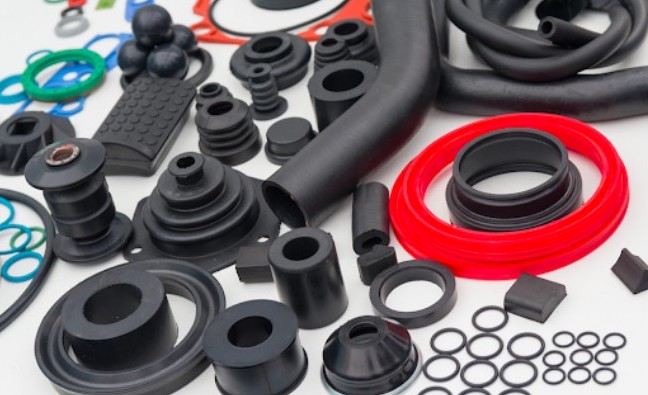Rubber is so ubiquitous that most of us hardly pay attention to it. No household or industry can claim to be rubber-free. In fact, all major industries use products made of rubber.
For example, o-rings are used as seals in static and dynamic applications across industries, such as automotive, aerospace, technology, energy, transport, food, medical, and manufacturing. Discovered centuries ago, what makes rubber vital in today’s world?

The Timeline of Rubber Use
Before we dwell on that question, let’s take a look at the history of rubber. Its exact origin is still unknown, but it is believed that ancient Mesoamericans were the first “robust” users of rubber in 1600 B.C.
In 1839, Charles Goodyear discovered vulcanization, which revolutionized the rubber industry; it is the process that made rubber durable and resilient enough for industrial use.
Before Goodyear’s discovery, American companies used natural rubber, the milk sap, by coagulating it with acid. It was soft, very flexible, and sticky.
Products made from rubber before vulcanization were too soft to keep their shape. The hot temperature melted them, while in cold temperatures, they became stiff and cracked.
Products like o-rings that are made from silicone rubber or neoprene rubber, on the other hand, can withstand extreme temperatures. They deform under pressure to form a tight seal, and once that force is removed, it rebounds to their original shape.
Rubber is now a critical raw material for industries of all sizes and types. The global rubber market is expected to grow at a compound annual growth rate of 5% between 2023-2028.
This growth is going to be largely driven by the use of rubber in different industries. Some of the commercially popular rubbers are neoprene, polyvinyl acetate, styrene-butadiene, and polyacrylics.
So, now to the question, why is rubber still vital today? Here are the three reasons for that.
Material Characteristics
Rubber’s characteristics make it suitable for use in applications across industries. It can withstand extreme temperatures, friction, and abrasion.
Furthermore, it has resilience and high tear and tensile strength. Because of the unique characteristics of rubber, people have yet to find a substitute for it.
Versatile Material
Rubber is an extremely versatile raw material, and because of that, it can be used across a ton of industrial applications — either alone or in combination with other materials.
Possible to Optimize Rubber
Manufacturers can optimize rubber by increasing or reducing certain material properties in the compound, which is why rubber products can be used in a diverse range of applications. They are used in cars, aircrafts, toys, medical equipment, food processors, and more.
Make an Informed Decision With Prototyping
Unlike in the 19th century, industries today can pick the right rubber material for their applications from a wide range of options available. Prototyping can now help make an informed decision.
For example, if you want to order o-rings, you must first confirm that they are made of material that can perform optimally in your application. Prototyping enables you to find that out before mold making.
During the prototyping process, a wide range of compounds are provided. Custom color matching and polymer modification are also available, along with 3D CAD, CAM, and CNC tooling and steel tools.
The Future: Rubber Will Remain the Wonder Material
Rubber will continue to be vital tomorrow as well, as its demand will rise further. And manufacturers will leverage advanced rubber technologies to meet the demands of industries that are causing disruption;
For example, the EV industry. However, it is time that both rubber users and rubber producers embrace sustainable rubber farming.
